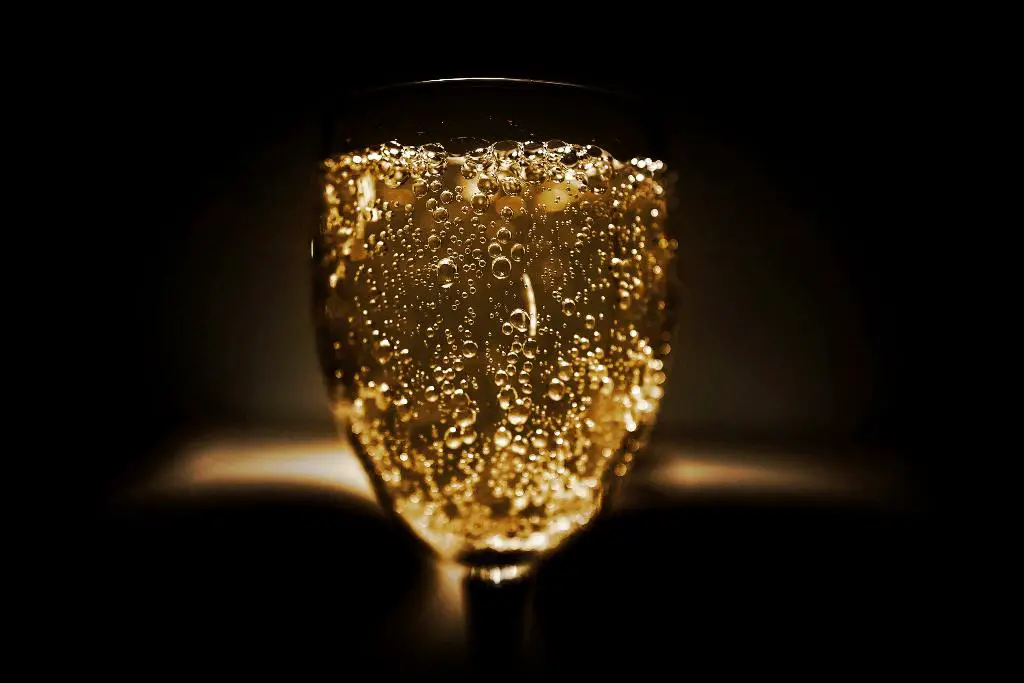Champagne, with its effervescent charm, has always been associated with celebration and luxury. If you’ve ever held a flute of champagne, you’ve probably noticed the enchanting stream of tiny bubbles that dance their way to the surface. But have you ever wondered what these delightful bubbles are called in English? Let’s embark on a journey to uncover the answer!
At the heart of champagne’s famous bubbly character lies a fascinating scientific phenomenon. Carbon dioxide gas plays a key role in creating those effervescent bubbles that excite our senses. When a bottle of champagne is sealed, the carbon dioxide dissolved in the wine reaches a state of equilibrium with the gas in the space between the cork and the liquid.
So, what are these sparkling pearls of joy called in English? Most commonly, they are referred to simply as bubbles. It’s a delightful and straightforward term that perfectly captures the essence of these effervescent marvels. Bubbles, like tiny orbs of happiness, rise gracefully to the surface, creating an irresistible visual and sensory experience.
But let’s dig a little deeper. In a slightly more poetic context, they can be called “fizz.” This term encompasses not only champagne but the lively effervescence found in other carbonated beverages as well. Picture the sound of a popping champagne cork and the fizzy rush that follows – a moment of pure delight captured in a single word.
Now, if we want to get a bit more technical, we can use the term “carbonation.” This word stems from the process of dissolving carbon dioxide in a liquid, resulting in that familiar effervescence. Carbonation goes beyond champagne and extends to other carbonated drinks such as soda, seltzer, and sparkling water.
When discussing champagne specifically, bubbles can also be referred to as “perlage.” Perlage refers to the steady stream of fine, delicate bubbles rising elegantly to the surface, creating a mesmerizing display of effervescence.
Another term worth mentioning is “mousse.” Derived from the French word for foam, “mousse” is often used to describe the dense and creamy texture of the bubbles in champagne. It captures the luxurious, velvety feel of the effervescence, elevating the experience to new heights.
If we turn to the art of tasting champagne, bubbles can harbor distinctive flavors and aromas. This is where the term “bead” comes into play. The bead refers to the size and persistence of the bubbles, which can contribute to the mouthfeel and overall taste experience of the champagne.
Moreover, bubbles are an essential element in evaluating the quality of champagne. The term “finesse” is often used to describe the smoothness and elegance of the bubbles. The finer the bubbles, the higher the perceived quality and craftsmanship of the champagne.
In summary, when it comes to describing the delightful bubbles in champagne, there are several terms at our disposal. From the simple and enchanting “bubbles” to the poetic “fizz,” technical “carbonation,” elegant “perlage,” creamy “mousse,” distinct “bead,” and refined “finesse,” each term adds a unique layer to our appreciation of champagne’s effervescent beauty.
Next time you raise a glass of champagne, take a moment to revel in the captivating dance of bubbles and try using one of these terms to describe the magical experience. Cheers to the joy that sparkling bubbles bring!

